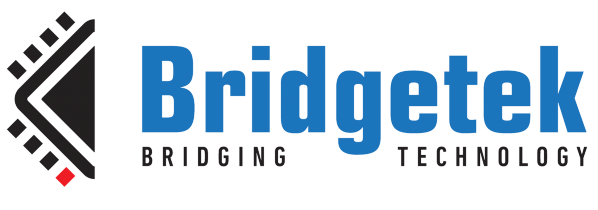406
Discussion - EVE / Re: EVE Asset Builder
« on: April 12, 2021, 01:27:33 PM »
Hello,
thank you for your feedback and testing!
I have passed this back to the develoers so they can take account of this for the next official EAB release.
As for the number of characters in the .xfont file, it is my understanding that this is because the .xfont file contains a width table for all Unicode characters up until the last Unicode character included in the input character set. For unconverted characters these font widths would of course be 0 for their Unicode position. however it still appears that you are seeing discrepancies with this in your testing.
Best Rergards,
BRT Community
thank you for your feedback and testing!
I have passed this back to the develoers so they can take account of this for the next official EAB release.
As for the number of characters in the .xfont file, it is my understanding that this is because the .xfont file contains a width table for all Unicode characters up until the last Unicode character included in the input character set. For unconverted characters these font widths would of course be 0 for their Unicode position. however it still appears that you are seeing discrepancies with this in your testing.
Best Rergards,
BRT Community


